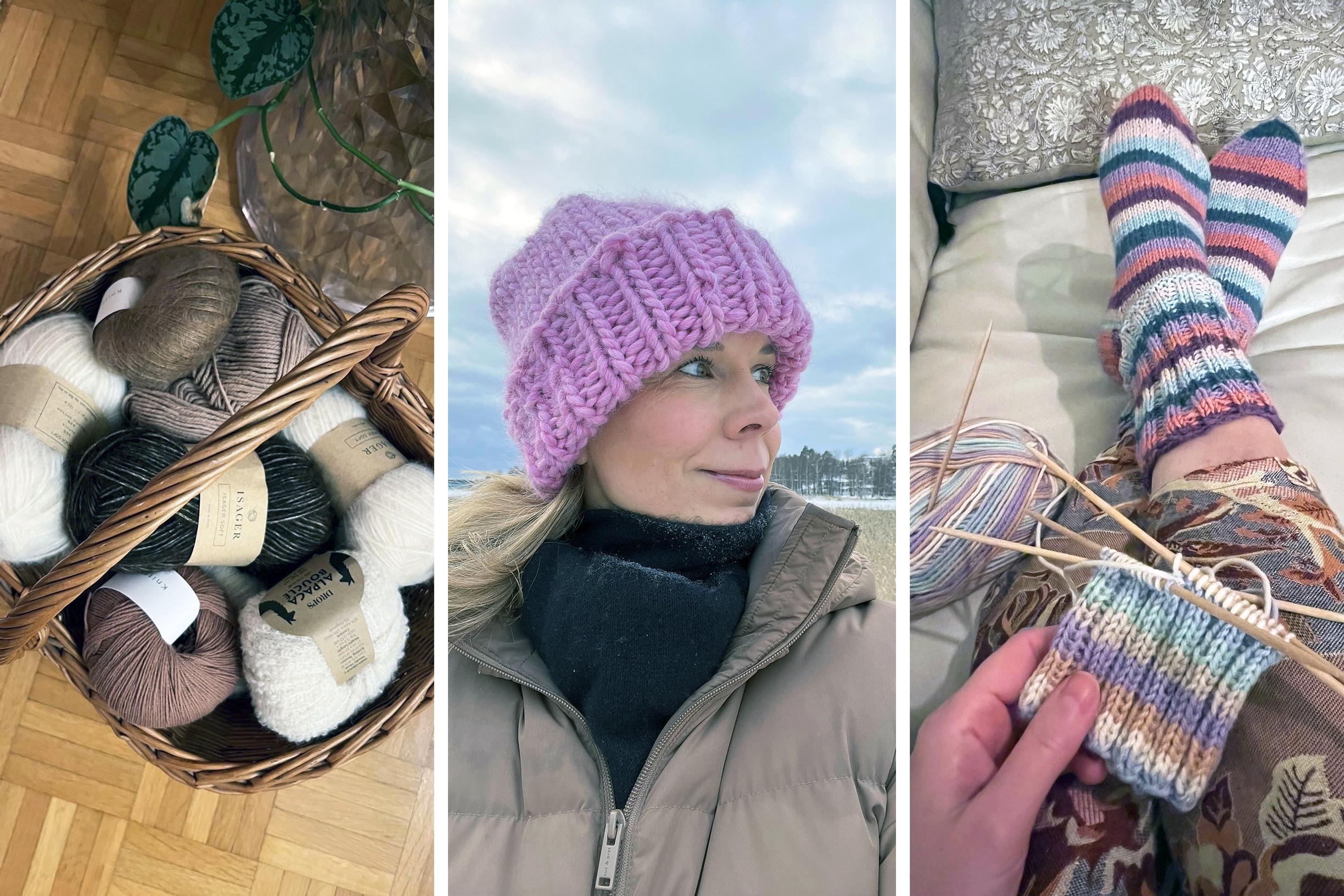
Kirsi-Marja was 47 when she realized that she could knit after all—“I have discovered a new tenacity in myself”
Since childhood, Kirsi-Marja Kauppala believed she could never be a knitter—until she was swept away by the needles. How can you break your assumptions about yourself as an adult and master a new skill?
In October, a vision quietly comes to me. I picture myself cozily on the couch by candlelight, a cup of coffee on the table, knitting needles in hand, and the start of a striped wool sock…
There’s just one problem: I don’t know how to knit. I’ve believed that since elementary school, when the mitten I made in crafts class took forever to finish. In the end did manage to complete those mittens, but they left me with a deeply ingrained belief: this just isn’t my thing.
Now, at 47, knitting keeps popping into my mind more and more. With both the world and my own life feeling off track, something about those stitches on the needles seems deeply soothing. I want to steer my thoughts away from worrying about what’s next and back into the now. Could I find that peace through a woolen sock?
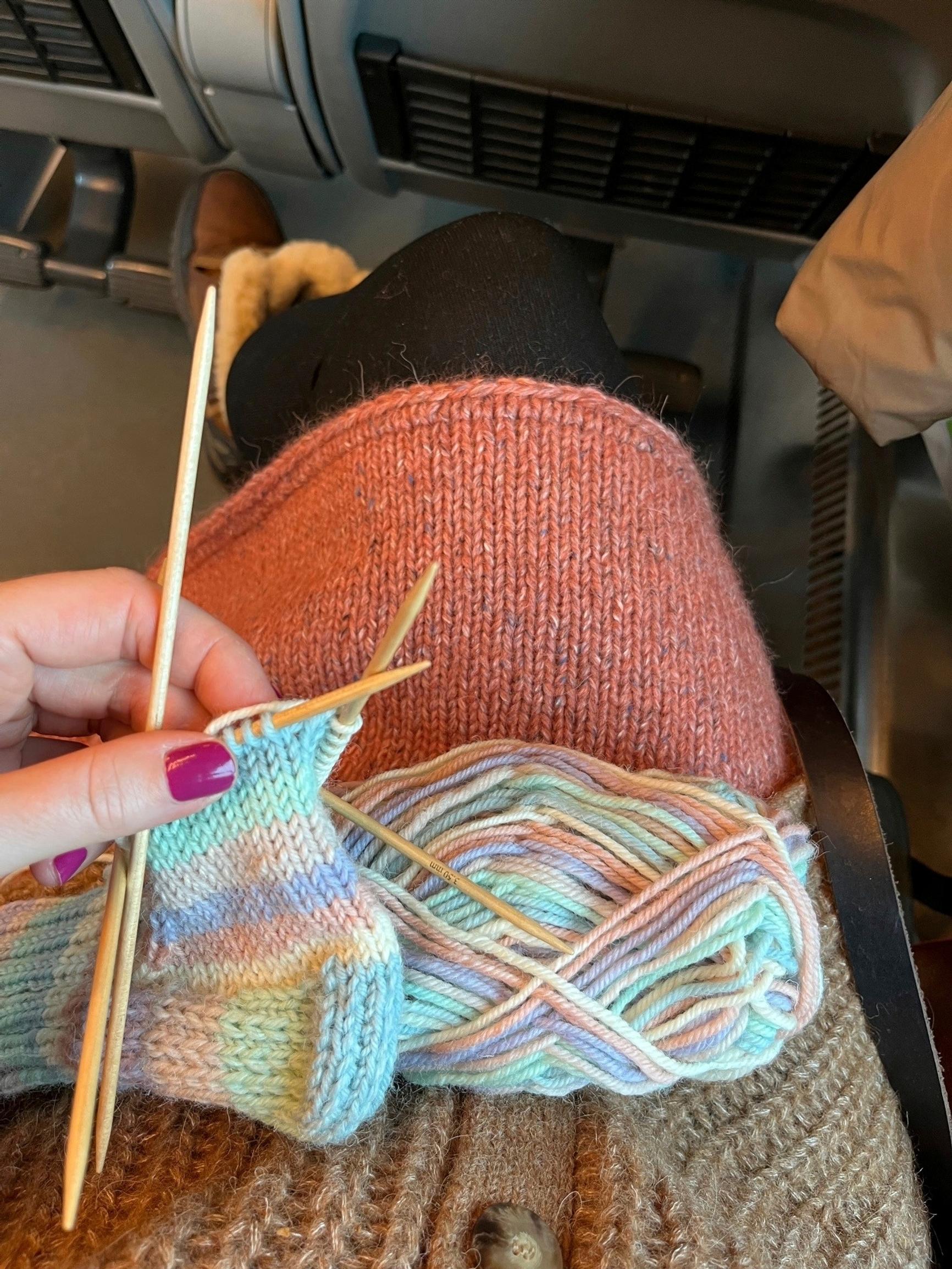
They say you can’t teach an old dog new tricks, but is there actually any truth to it? Can someone in midlife still learn skills that didn’t come naturally in childhood?
Absolutely, encourages neuroscientist and Doctor of Psychology Katri Saarikivi.
“Age is no barrier to learning because the brain continues to change throughout life. When you take up new skills, your brain’s function and structure adapt, creating new networks between different areas,” Saarikivi says.
Age can slow you down, however. It’s true that learning as an adult may not be as swift as it would have been in childhood. It also tends to be more difficult and at least slower than it is for kids.
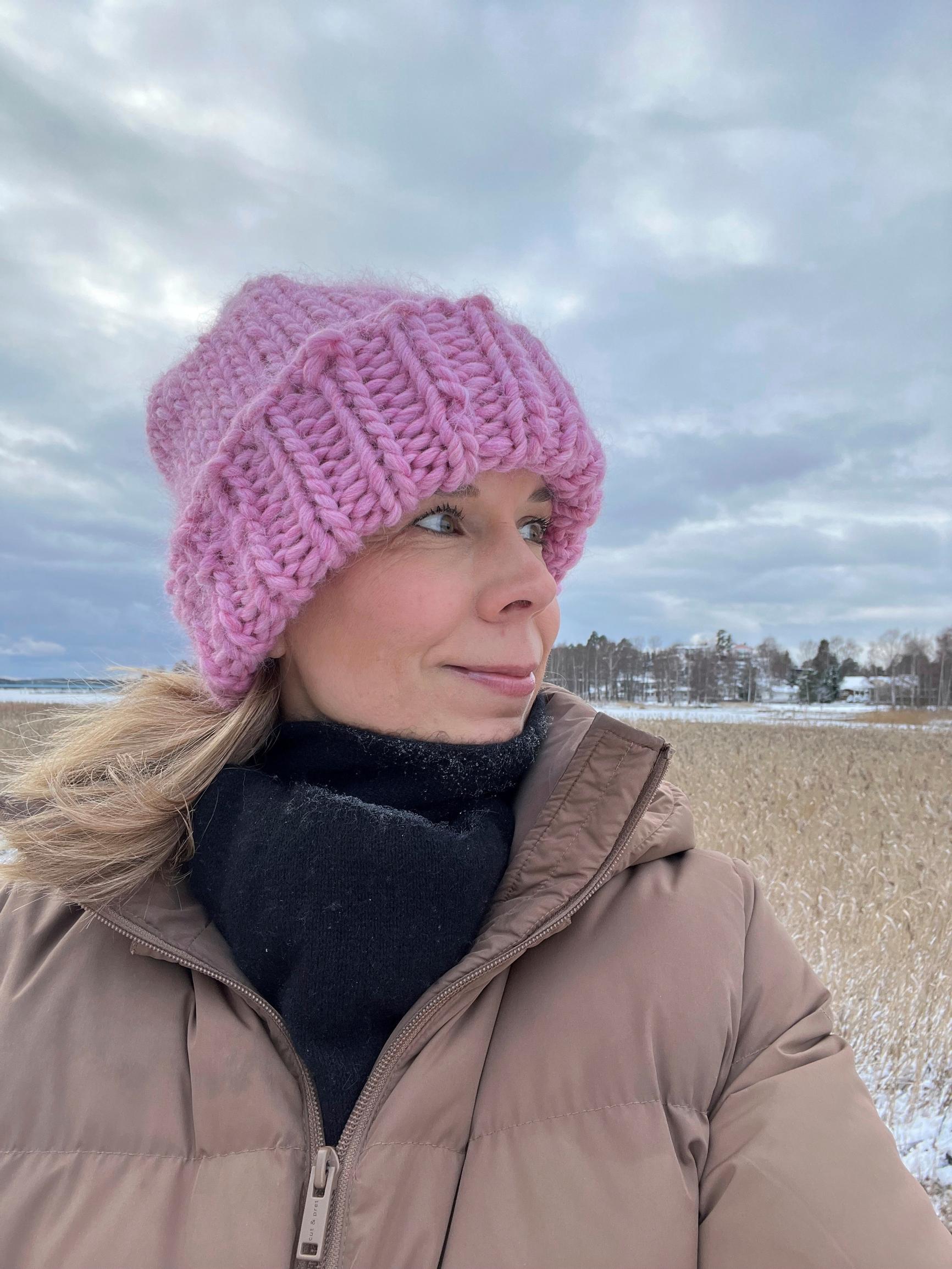
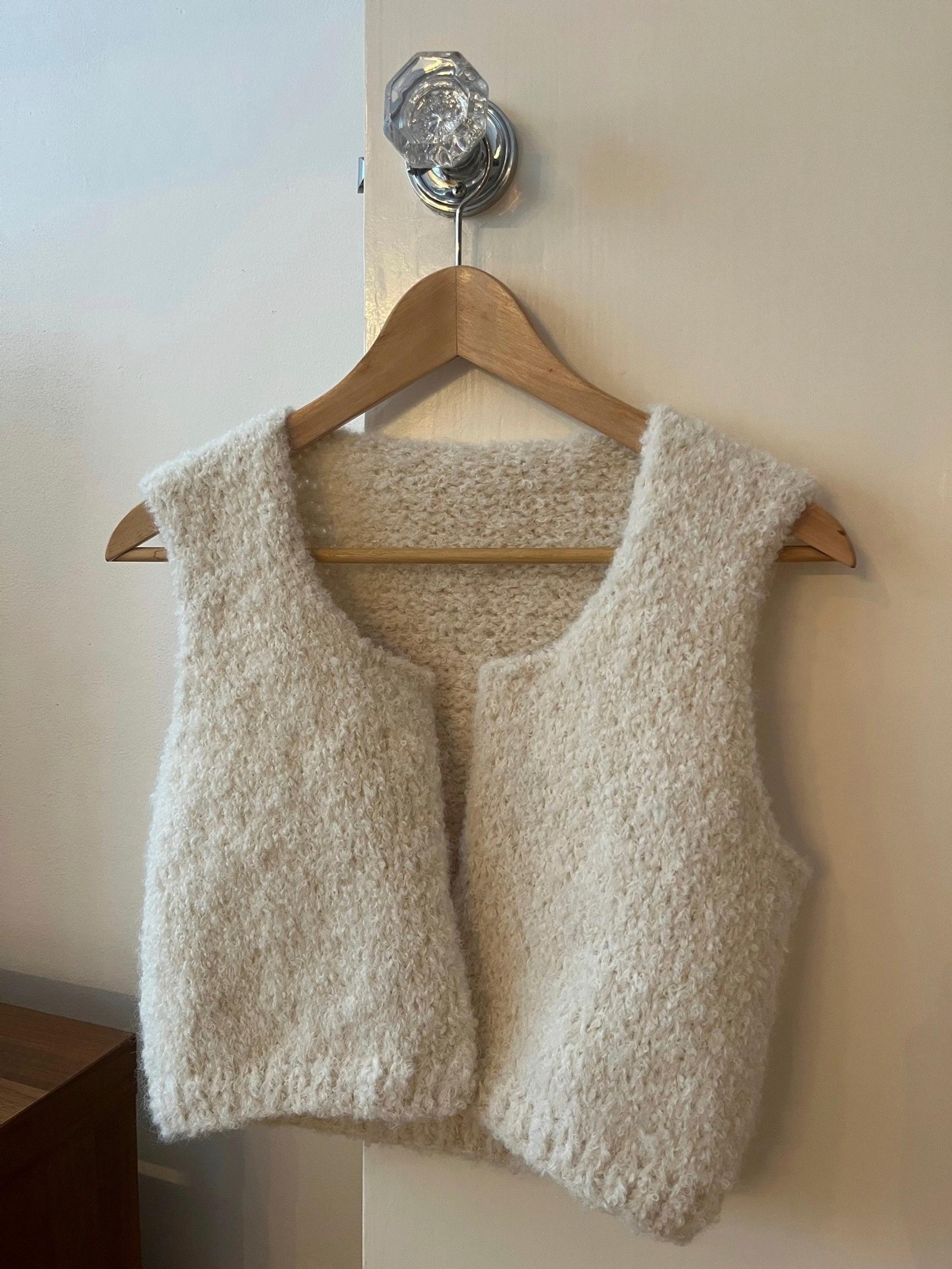
“This is because a child’s brain is highly malleable. What’s more, there are so-called sensitive periods when certain skills, like language, are learned most effectively,” Saarikivi continues.
Children also lack one crucial element that often prevents adults from even trying new things: shame.
“Kids aren’t afraid of being judged, and they don’t feel embarrassed if something's not perfect,” Saarikivi says.
As an adult, your genuine interest and motivation become key to learning anything new. If you’re excited about it, you can learn even late in life.
“Age is no barrier to learning because the brain continues to change throughout life.”
My journey into the world of knitting is fueled by watching other newly obsessed knitters dive headfirst into it on social media. Suddenly my Instagram feed overflows with lovely sweaters, beanies, and scarves. I start a folder on my phone for inspirational knitting projects, and it starts filling up in no time.
Above all, I binge-watch the YouTube videos of Kutovakika, a knitting influencer named Veronika Lindberg’s channel, where she teaches in a wonderfully inspiring style. It's like a whole world of its own, I think to myself. Imagine making your own unique clothes, choosing exactly the yarn and colors you want.
I decide my collection begins with wool socks. I ask a more experienced knitting friend for help, and she promptly sends me a simple basic-sock pattern.
I buy self-striping yarn from the supermarket and wooden needles in size 3.5 millimeters. I look up beginner-friendly tutorial videos, which I’m fortunate to find for every step in the instructions: how to cast on, how to knit and purl, how to do a slip, slip, knit decrease.
Videos are patient teachers. I can rewind and pause as many times as I need, and watch close-ups of exactly how to loop the yarn around the needle.
Before I know it, I’m in a state of flow. Knitting feels extraordinarily natural—almost like the knack was waiting in my muscle memory! My hands instantly seem to know what to do. As I suspected, knitting wipes away other thoughts in seconds, because each stitch demands my full attention.
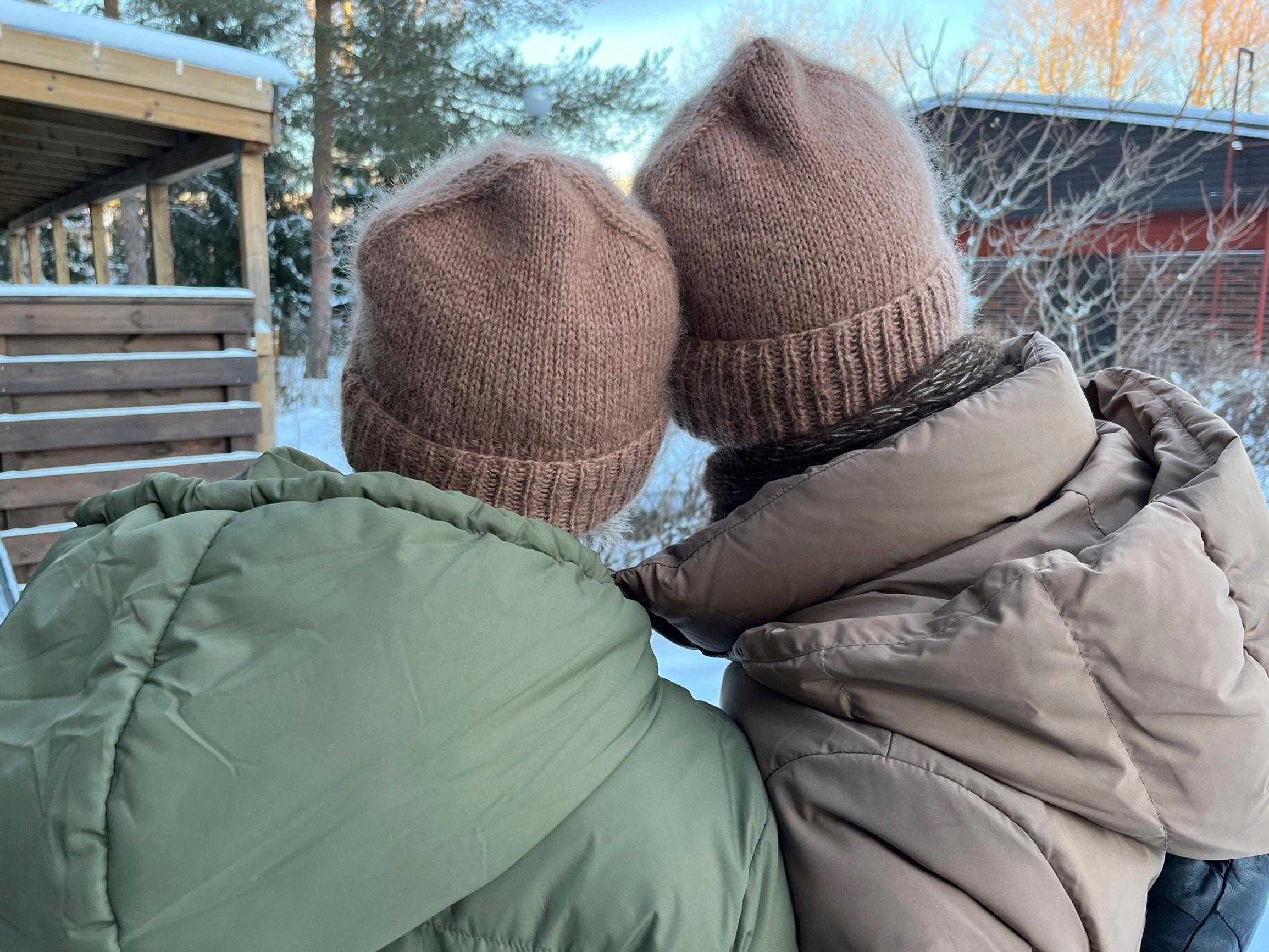
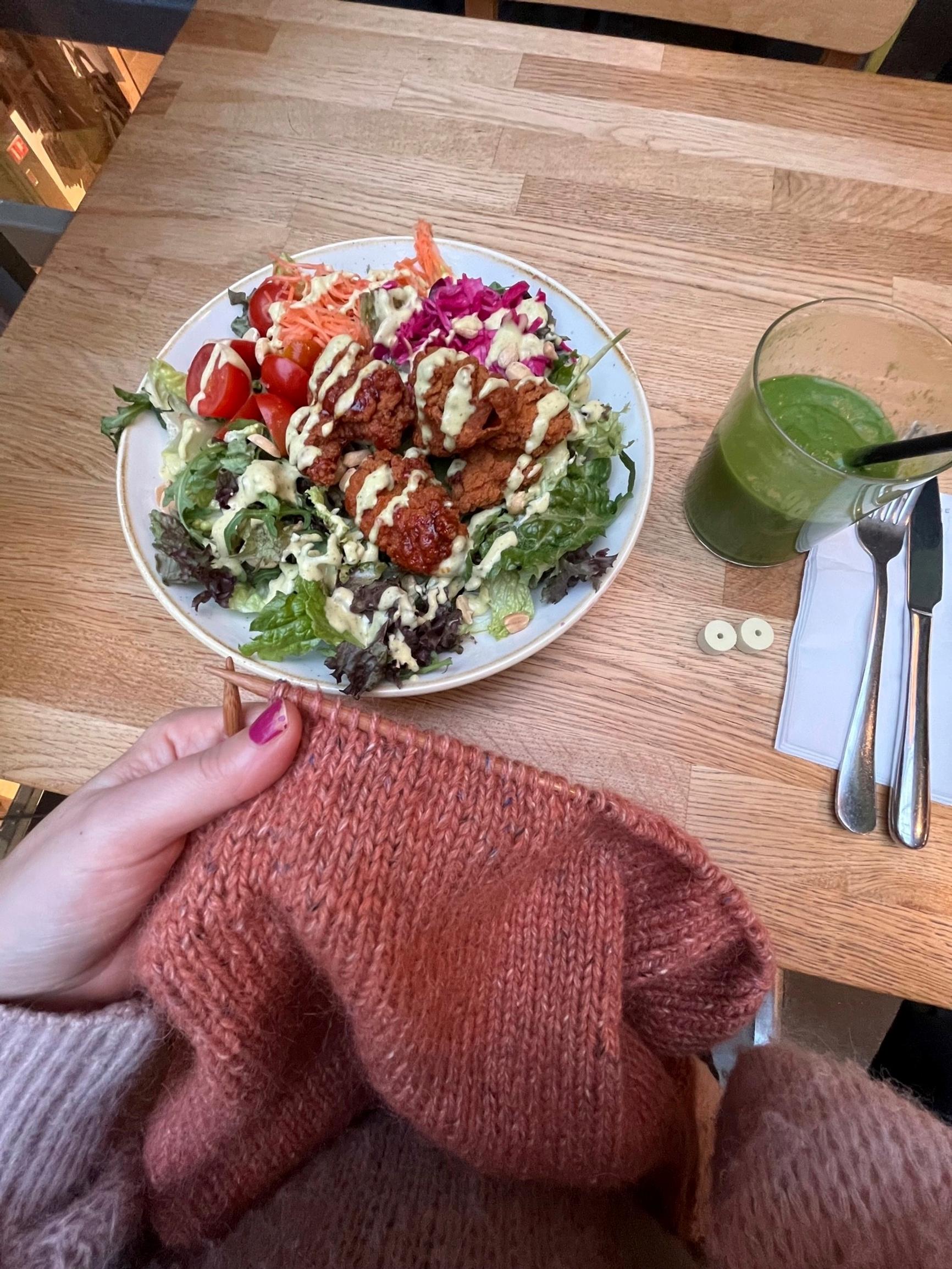
I feel I’ve joined the line of my ancestors who loved working with their hands. My mother crocheted everything from curtains to bedspreads, and both my grandmothers knitted clothes. Now I’m continuing their knitting legacy!
Saarikivi points out that some of the traits needed for learning new skills can indeed run in families.
“For instance, some of the abilities that knitting requires, like manual dexterity and concentration, are partially inherited.”
But why didn’t the needles ever click for me back in elementary school? Saarikivi can empathize with my experience. She also found crafts class tense, and the teacher’s strict attitude made things worse. There is, however, another reason I might not have been enthusiastic.
“In the lower grades, children haven’t yet developed key skills for learning, like regulating their own actions and maintaining focus. An adult, on the other hand, can direct their own learning with goals in mind, regulate their pace, and notice their progress,” says Saarikivi.
I recall how quickly I used to give up. These days, I’ve discovered a new tenacity in myself. Even when I’m knitting the heel again and again, with one botched attempt after another, there’s no question of giving up. I rewatch the tutorial video over and over, and each time, the heel ends up somewhat misshapen.
I only succeed once my friend sends me a detailed, step-by-step set of instructions.
“An adult can direct their own learning with a goal in mind, regulate their pace, and notice their progress.”
I notice that knitting challenges both my brain and hands. I can’t remember the last time I learned a new skill in such an intense way.
“Knitting involves learning, solving problems, and practicing, which is great for brain health. And studies show that picking up new skills in adulthood has been found to reduce the risk of memory-related illnesses,” Saarikivi explains.
She adds that learning is a brilliant way to challenge any preconceived notions we might have about ourselves. This ties into the concept of self-efficacy: partly inborn and partly shaped by previous experiences, it involves our beliefs about our own abilities.
“Picking up new skills in adulthood has been found to reduce the risk of memory-related illnesses.”
“The idea that ‘I can’ or ‘I can’t’ is, in my view, a hugely influential belief that either promotes or holds back learning at any age,” says Saarikivi.
That has definitely been true for me. I was convinced I couldn’t knit—until I realized I’d been wrong. According to Saarikivi, the only way to overcome this stumbling block is simply to try.
“The moment you have even a little success, your image of yourself starts to become more positive,” she says.
Another reason adults might resist learning something new is plain old laziness.
“Learning means the brain is reshaping itself—and that consumes lots of energy. We humans are genetically wired to conserve energy from times when food was scarce. Many of us still think, ‘I won’t bother, I don’t have time or energy for anything new,’” Saarikivi says.
To spend energy on learning, curiosity makes all the difference.
“Curiosity eases the learning process. Some people are naturally more curious, but we can all foster it,” Saarikivi says.
I recognize the curiosity in myself that led me to knitting. I wanted to find out if I could knit wool socks and how they'd come out.
For me, knitting mainly brings racing thoughts back into the present moment. It’s not just about socks, but about calm and mindfulness. It offers a chance to find a peaceful pause, to focus on this one stitch, this one breath.
I finish my first wool socks in four days. When I slip them on, I can’t help but grin. Here they are—solid proof that I can do it! I’m thrilled about gaining a new skill, but I’m even happier about getting rid of my own limiting beliefs. How often do we decide things about ourselves that aren’t even true? Why would I ever trust those restrictive thoughts again?
The sense of self-confidence I’ve gained from knitting seems to filter into my whole life. In both knitting and life, I run into challenges that test my patience, my faith in myself, and my need for control. I have to unravel my work and start over. I have to tolerate small mistakes. I have to try creative solutions just to move on. Knitting teaches me far more than how to make stitches—it builds my trust that I can keep going.
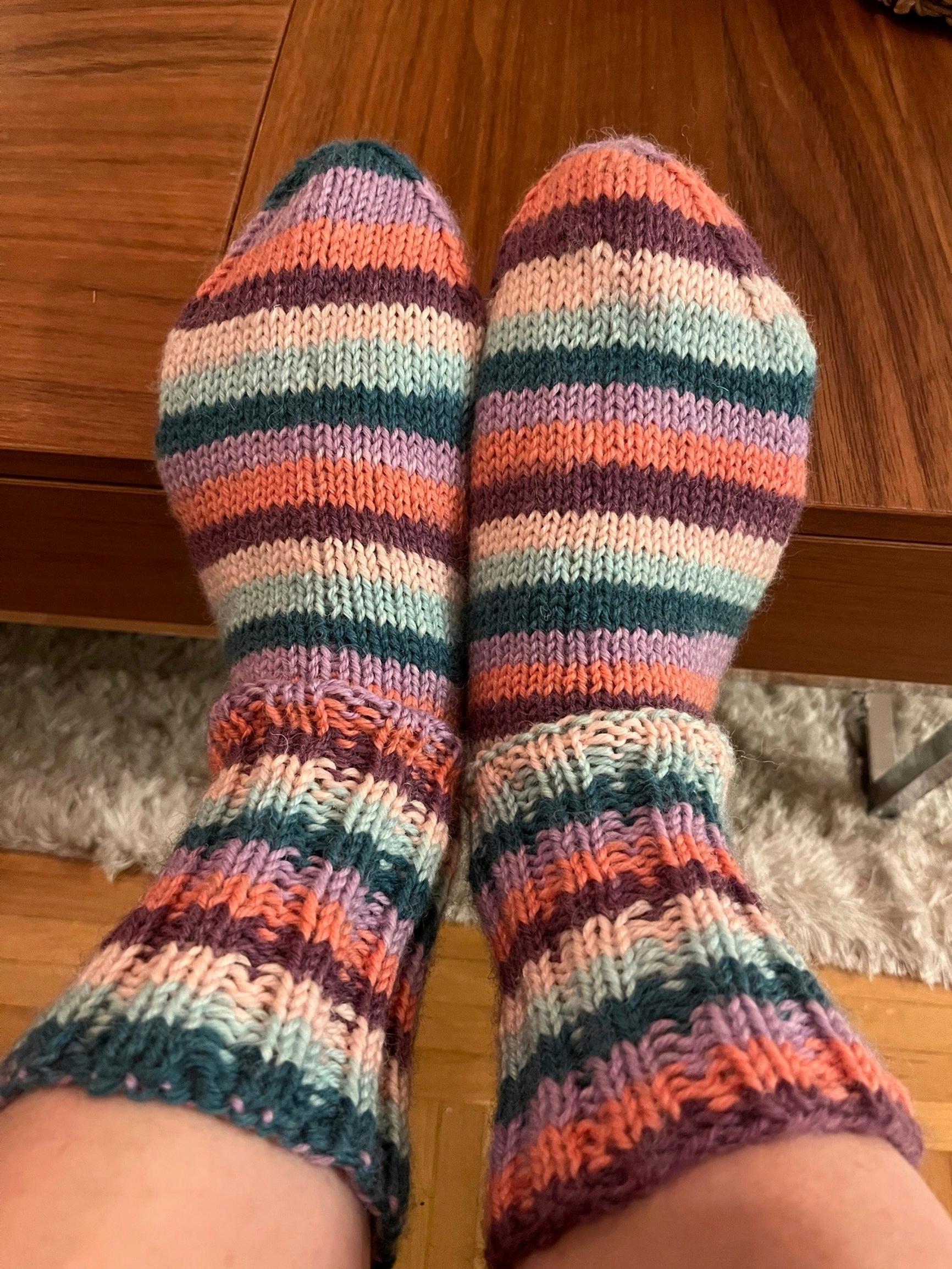
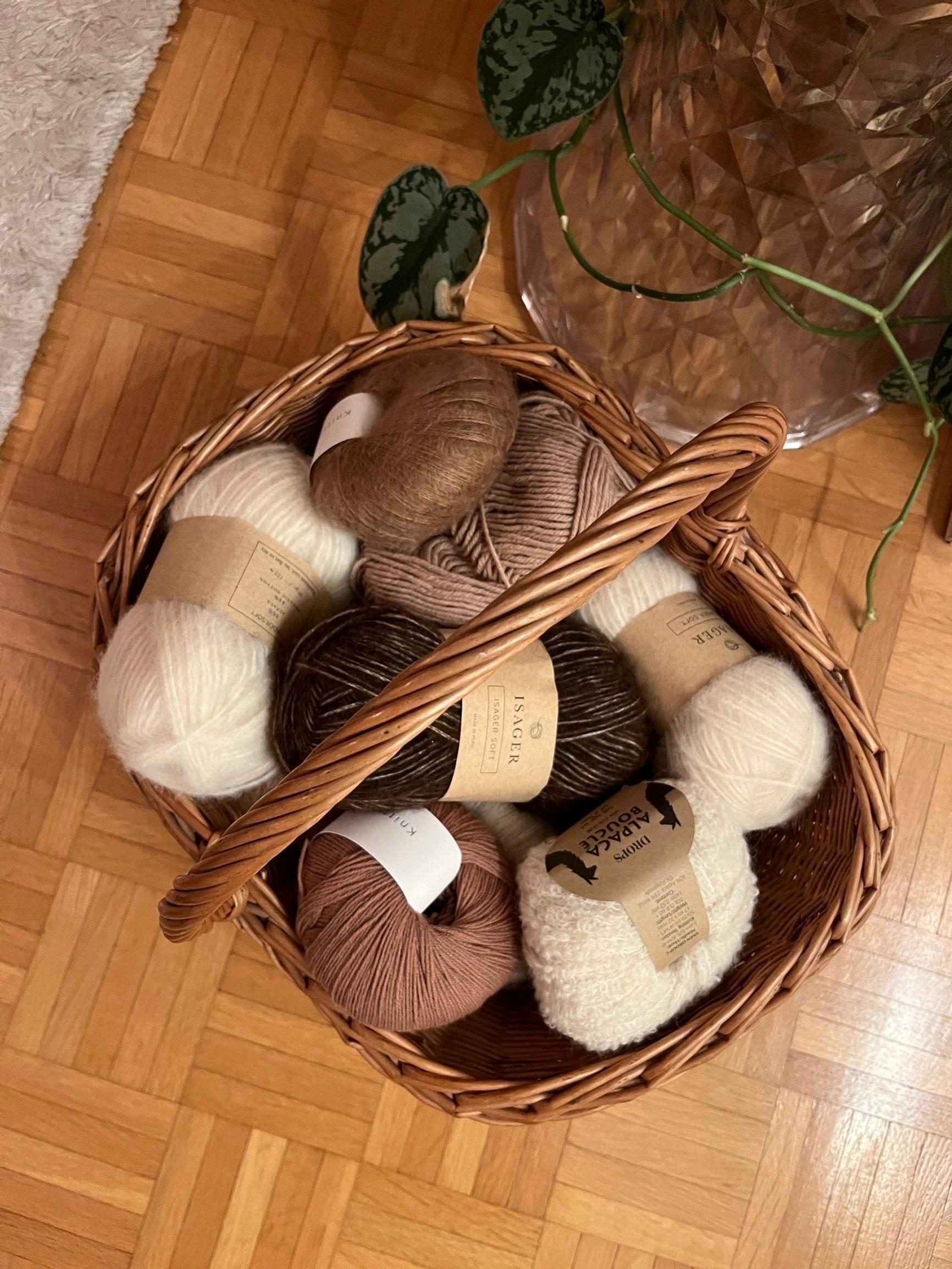
Once I’d conquered the wool sock, I wanted more. Over a few months, I churned out Christmas socks, hats, a scarf, a fuzzy vest, a tweed skirt, a cotton top, and a silk mohair sweater. I’d call that a pretty serious knitting obsession. If I’m not knitting on the couch, I’m daydreaming about my next design.
The only one not entirely thrilled with my new hobby is my massage therapist, who’s taken aback by my knotted hands. She immediately shows me a few essential stretches. I figure a bit of muscle tension and a callus on my index finger is a small price for this much joy.
I’ve found a new channel for my creativity and a way to add more beauty to my surroundings. And above all, knitting has helped me stop worrying and trust both myself and life. It reminds me that only this moment truly matters—one stitch at a time.
Kirsi-Marja’s tips for learning something new
Question it
Beliefs often come from our past experiences and might not hold true anymore. I once thought I couldn’t knit—until I tried again.
Be kind
When you use a gentle and encouraging tone on to yourself, learning something new gets easier. My go-to lines are “We can do it!” and “You’re doing great, sweetie—I’m proud of you!”
Remember persistence
Little hurdles are part of picking up a new skill. If it’s too tough and you’re frustrated, take a break and try again tomorrow.


